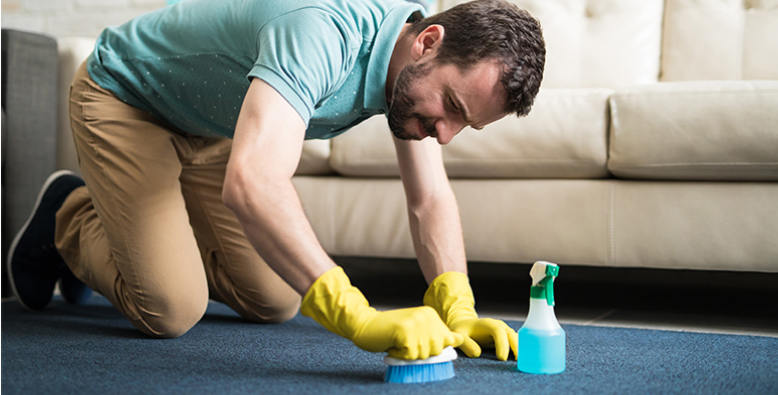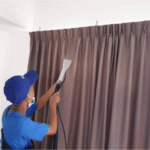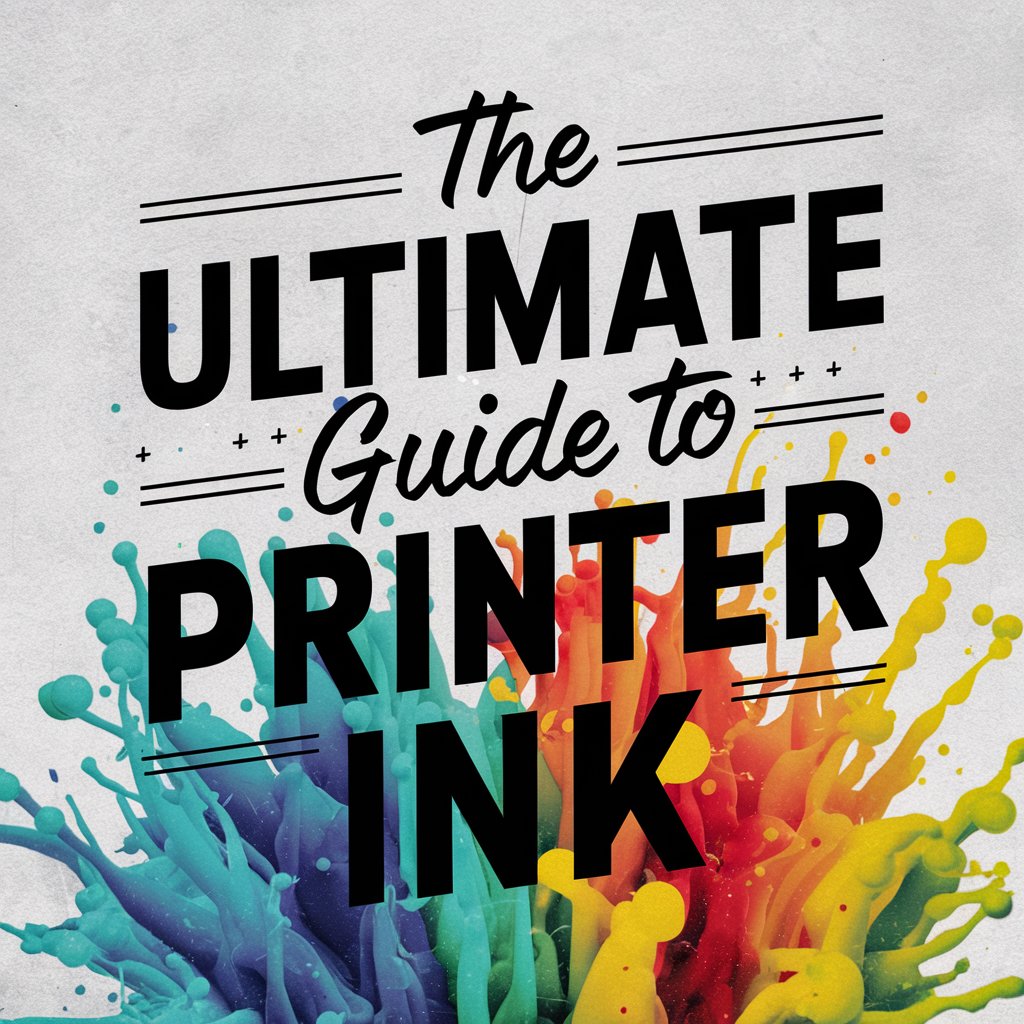Fine area rugs add warmth, color, and elegance to any home. Whether you have a Persian, Oriental, or modern designer rug, each piece is an investment that can last for decades when properly cared for. However, many homeowners unintentionally shorten the lifespan of their rugs through everyday mistakes. Understanding these errors can help you protect your rug’s beauty and durability for years to come.
This guide explores the most common mistakes that lead to premature rug damage and provides practical ways to avoid them, helping San Antonio homeowners keep their fine area rugs looking beautiful and vibrant.
Neglecting Regular Cleaning
One of the most common mistakes is failing to clean rugs often enough. Fine area rugs, especially those made from natural fibers like wool or silk, trap dirt, dust, and debris deep within their fibers. Over time, this buildup causes fibers to break down and lose their softness.
Many homeowners assume that vacuuming once in a while is enough. In reality, rugs need consistent care to maintain their quality. Dust and grit act like sandpaper when walked on, slowly wearing away the fibers and dulling colors. Regular vacuuming—without using a beater bar—and gentle surface cleaning help prevent long-term damage.
For deep cleaning, professional services are sometimes necessary. For instance, homeowners seeking expert Oriental Rug Cleaning San Antonio can ensure that delicate fibers and dyes are properly treated, preserving the rug’s natural texture and brilliance.
Using the Wrong Cleaning Products
Harsh chemicals and improper cleaning solutions are another major cause of rug damage. Store-bought carpet cleaners often contain ingredients that can strip dyes or weaken fibers. This is especially harmful to handmade rugs, which use natural dyes and delicate materials.
Always test any cleaning product on a small, hidden section of your rug before applying it widely. Avoid bleach, ammonia, and strong detergents. For simple cleaning, a mixture of mild soap and cool water is usually sufficient. If spills occur, blot them gently rather than scrubbing, which can spread stains and fray fibers.
Ignoring Spills and Stains
Even small spills can lead to long-term damage if ignored. Liquids such as wine, coffee, or juice quickly soak into fibers and backing materials. When left untreated, these stains can cause discoloration and unpleasant odors.
The best approach is immediate action. Use a clean, dry cloth to blot—never rub—the area. Work from the outer edge toward the center to prevent the stain from spreading. Once the surface moisture is removed, lightly dampen the area with cool water and blot again. Allow the rug to air dry completely.
Leaving moisture trapped inside the rug can promote mold growth, especially in humid climates like San Antonio’s.
Placing Rugs in High-Traffic Areas Without Protection
Fine area rugs are meant to be admired, but constant foot traffic can take a toll. Placing an expensive or delicate rug in a hallway or entryway means it will experience more dirt, friction, and wear than rugs in less-used areas.
If your rug must be placed in a high-traffic zone, use protective mats or runners to reduce stress on the fibers. Rotating the rug every few months ensures even wear and prevents certain sections from fading or thinning faster than others.
This simple habit helps maintain a consistent appearance and extends the rug’s overall lifespan.
Exposing Rugs to Direct Sunlight
Sunlight can be both a friend and a foe to fine area rugs. While natural light enhances colors and patterns, prolonged exposure fades dyes and weakens fibers. Over time, you may notice uneven coloring, with lighter patches where sunlight hits most often.
To prevent this, keep rugs out of direct sunlight whenever possible. If your rug sits near a window, consider using sheer curtains or blinds to diffuse the light. Rotating the rug occasionally also helps ensure that any fading happens evenly rather than in one concentrated spot.
Using the Wrong Padding or None at All
Rug pads do more than keep rugs from slipping—they protect the rug’s structure and your floors. Without proper padding, rugs rub directly against the floor, causing friction that wears down the backing and fibers.
Choosing the right pad depends on your flooring type. For hardwood floors, a felt-and-rubber pad offers cushioning and stability. For tile or concrete, thicker pads can help absorb impact and prevent uneven wear.
Skipping a pad altogether not only reduces comfort underfoot but can also lead to faster deterioration.
Not Addressing Pet Damage
Pets add joy to a home but can be tough on fine rugs. Claws can snag threads, and pet accidents can stain or discolor fibers. The longer pet stains remain, the harder they are to remove completely.
Clean up accidents right away using mild soap and cool water. Avoid using steam cleaners, as the heat can set odors and stains permanently. For lingering odors, sprinkle a small amount of baking soda on the affected area, let it sit for a few hours, and vacuum thoroughly.
Consistent grooming and trimmed nails can also minimize damage from pets’ everyday activities.
Storing Rugs Improperly
Improper storage is another mistake that shortens rug life. Folding rugs or storing them in damp areas can cause creases, mold, and fiber damage. When not in use, rugs should be rolled—not folded—and wrapped in breathable material such as cotton or muslin.
Avoid using plastic wrap, which traps moisture and can encourage mildew growth. Store rugs in a dry, cool space, and inspect them occasionally for signs of insects or damage.
Skipping Professional Maintenance
Even with regular home care, fine area rugs benefit from occasional professional cleaning. Experts use specialized tools and techniques to remove deep-seated dirt and restore color without harming the rug’s fibers.
According to the U.S. Environmental Protection Agency (EPA), maintaining clean textiles and surfaces in the home helps improve indoor air quality and reduce allergens (EPA Cleaning Guidance). Clean rugs not only look better but also contribute to a healthier living environment.
Professional cleaning is especially important for antique or handmade rugs that require delicate handling. Regular maintenance—typically every one to two years—can greatly extend their life and beauty.
Forgetting to Inspect for Damage
Small issues often go unnoticed until they become big problems. Frayed edges, unraveling threads, or loose fringes can spread quickly if left untreated. Checking your rugs regularly allows you to catch these problems early and prevent them from worsening.
If you notice any fraying or pulled threads, avoid trimming them yourself. Instead, consult a rug repair specialist who can properly secure the area without altering the design or structure.
Caring for Fine Rugs in San Antonio Homes
San Antonio’s warm climate and active lifestyles make rug maintenance especially important. Dust, humidity, and sunlight all contribute to wear over time. A consistent care routine—regular vacuuming, prompt cleaning of spills, and protection from direct light—can keep your rugs vibrant for decades.
Fine area rugs are more than just floor coverings; they are art pieces that tell stories and add character to your home. Treating them with the right care and attention ensures that they remain beautiful and functional for generations.By avoiding these common mistakes and maintaining a regular cleaning schedule, you can protect your investment and enjoy the timeless elegance of your fine rugs for years to come. If you want to stay updated with posts like this, please follow us on DGM News.






